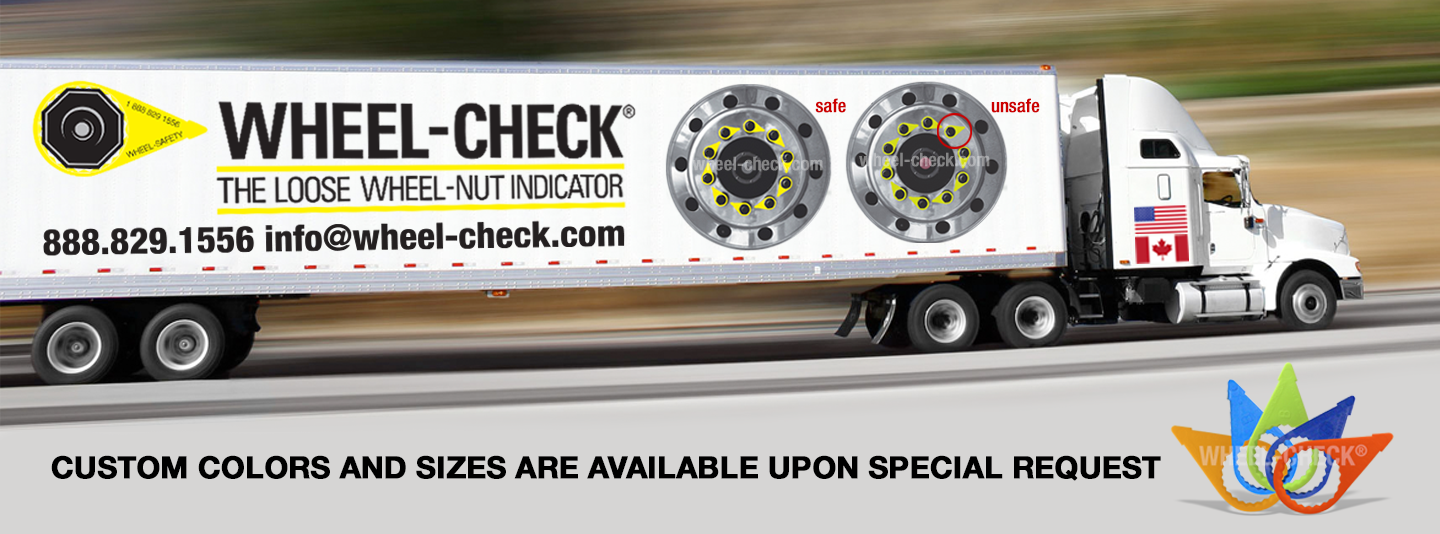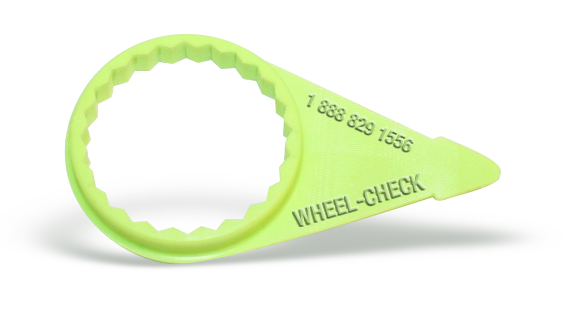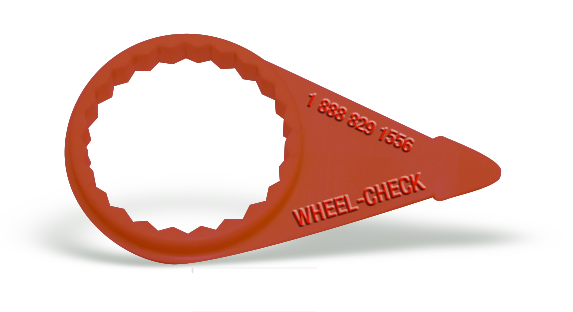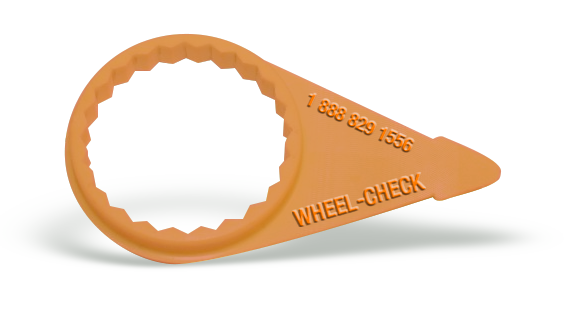

LARGE TRUCK STATISTICS
Advocates for Highway & Auto Safety, January 2000
Fatalities from large truck crashes have increased approximately 10 percent from 1995 through 1998, moving up from 4,918 deaths in 1995 to 5,374 deaths in 1998. Large trucks – including tractor-trailers, single-unit trucks and certain heavy cargo vans with gross weight more than 10,000 pounds – account for a disproportionately large share of traffic deaths based on miles traveled. The fatal crash rate for large trucks is 2.6 deaths per 100 million vehicle miles traveled – more than 50 percent greater than the rate for all vehicles on the roads.
People in passenger vehicles are especially vulnerable in collisions with large trucks because of the great difference in weight between cars and large trucks. In 1998, ninety-eight percent of the fatalities in two-vehicle crashes involving passenger vehicles and large rucks were occupants of the passenger vehicle. Large truck safety is an important concern for all highway motorists.
LARGE TRUCK CRASH FACTS
5,374 people were killed in crashes involving large trucks in 1998, representing thirteen percent of all traffic fatalities. Of these, 78 percent were occupants of another vehicle, 14 percent were large truck occupants and 8 percent were non-occupants. An additional 123,000 people were injured in those crashes. (National Highway Traffic Safety Administration, or NHTSA)
In 1997, large trucks made up three percent of all registered vehicles and seven percent of all vehicle miles traveled. Yet, large trucks constituted nine percent of all vehicles involved in fatal crashes, and four percent of all vehicles involved in injury and property-damage-only crashes that year. (NHTSA, 1999)
In 1998, large trucks were more likely to be involved in a fatal multiple-vehicle crash–as opposed to a single-vehicle crash–than were passenger vehicles (84 percent of all large trucks in fatal crashes, compared with 62 percent of all passenger vehicles). (NHTSA, 1999)
One out of eight traffic crash fatalities in 1998 was the result of a collision involving a large truck. (NHTSA, 1999)
Most of the fatal crashes involving large trucks occur in rural areas (67 percent), during the day (68 percent) and on weekdays (80 percent). (NHTSA, 1999)
A loaded tractor-trailer requires 20-40 percent further stopping distance than a car. With an empty trailer, the discrepancy between the truck and the car is even greater. (NHTSA, 1999)
Of the trucks with out-of-service violations, more than one-third of them have problems with brakes. (Federal Highway Administration, 1998)
All new tractors and trailers are required to have anti-lock brakes. Anti-lock braking systems are effective in preventing wheel lock and loss of steering in emergency stopping, especially on wet roads.
Federal regulations allow drivers of large trucks to drive up to 16 hours a day. However, drivers under the regulations can compile 60 hours in less than five days by alternating ten hours of maximum permitted continuous driving with the minimum eight hours off duty. Surveys reveal that many drivers of large trucks violate the regulations on hours of service.
Studies also show that driver fatigue plays a role in large truck crashes and that drivers are more likely to crash after many long hours of driving. (IIHS) The Department of Transportation is currently considering a revision of these hours-of-service rules.
Almost 30 percent of large truck drivers involved in fatal crashes in 1998 had at least one prior conviction for speeding, compared to slightly less than 20 percent of the passenger vehicle drivers in fatal crashes. (NHTSA, 1999)
Advocates for Highway & Auto Safety
750 First St. NE, Suite 901, Washington, DC 20002
Phone: 202 / 408-1711 Fax: 202 / 408-1699

WHEEL-CHECK®: High visibility loose wheel-nut indicator

WHEEL-TORQUE: Red torque indicator used to mark a nut has backed off, and maintenance is aware of the problem

WHEEL-CHECK®, HIGH TEMPERATURE: Loose wheel-nut indicator that withstands higher temperatures

WHEEL-CHECK®, CUSTOM COLORS: Custom colors and sizes are available upon special request.
© All Rights Reserved. WHEEL-CHECK®, THE LOOSE WHEEL-NUT INDICATOR. "Over 25 years helping roads to be safer."
*The use of Wheel-Check® in no way guarantees wheel-offs will NOT occur.